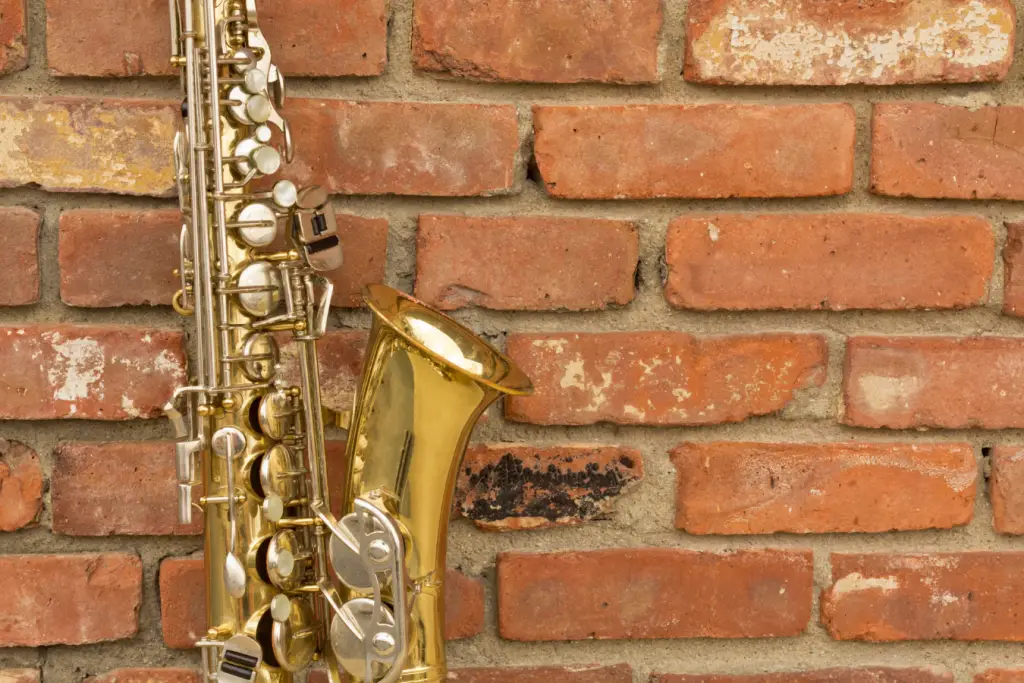Learning to play the saxophone involves mastering finger positions to produce different notes. The saxophone uses a system of keys and holes that, when pressed in various combinations, create the instrument’s full range of sounds. The basic saxophone fingering chart applies to all types of saxophones, including alto, tenor, soprano, and baritone.
Saxophonists use their left hand to control the upper keys and their right hand for the lower keys. The octave key, operated by the left thumb, allows players to access higher registers. As players progress, they learn alternative fingerings for certain notes, which can improve intonation or facilitate smoother transitions between notes in challenging passages.
Understanding saxophone fingerings is crucial for beginners and experienced players alike. A comprehensive fingering chart serves as a visual guide, showing which keys to press for each note across the instrument’s range. With practice, these finger positions become second nature, allowing saxophonists to focus on expression and musicality rather than the mechanics of playing.
Basics of Saxophone Finger Positions
Mastering finger positions is crucial for playing the saxophone effectively. Proper hand placement and key manipulation form the foundation for producing accurate notes and smooth transitions between them.
Anatomy of the Saxophone
The saxophone consists of a curved metal body with a complex system of keys, rods, and pads. The main parts include the mouthpiece, neck, body, and bell. Players use their left hand to control the upper keys and their right hand for the lower keys.
Key components:
- Octave key (operated by the left thumb)
- Palm keys (for high notes)
- Side keys (for alternate fingerings)
- Spatula keys (for low notes)
The body features tone holes covered by pads, which open and close to produce different pitches. Understanding this structure is essential for correct finger placement and technique.
Understanding the Key System
The saxophone uses a system of keys that players manipulate to create various notes. Each finger is responsible for specific keys:
Left hand:
- Thumb: Octave key
- Index: First tone hole
- Middle: Second tone hole
- Ring: Third tone hole
Right hand:
- Index: Fourth tone hole
- Middle: Fifth tone hole
- Ring: Sixth tone hole
- Pinky: Low note keys
Additional keys include palm keys, side keys, and alternate fingerings for certain notes. These allow for more efficient transitions and improved intonation. Beginners should focus on mastering the basic fingerings before exploring alternate options.
Fundamental Fingerings
Mastering fundamental fingerings is crucial for playing the saxophone proficiently. These basic positions form the foundation for producing clear notes and executing more advanced techniques.
Fingering Chart and Notation
The saxophone fingering chart is an essential tool for learning and practicing. It displays the keys to press for each note. The chart typically shows the saxophone’s body with circles representing open keys and filled circles for closed ones.
Notation on these charts often includes numbers corresponding to specific fingers. For example, “1” usually represents the index finger, “2” the middle finger, and “3” the ring finger.
Some charts also include alternate fingerings for certain notes. These provide options for smoother transitions between notes or improved intonation in specific contexts.
Common Techniques for Fingering
Proper hand positioning is critical for efficient fingering. The left hand controls the upper keys, while the right hand manages the lower ones. The thumbs play a crucial role, with the left thumb operating the octave key.
Pressing the keys firmly ensures airtight closure, which is essential for clear tone production. Players should aim for a relaxed yet controlled grip to prevent tension and facilitate quick movements.
Finger placement should be precise, covering the pearls (key touchpieces) completely. This precision helps prevent unwanted noise and ensures clean articulation between notes.
Alternate Fingerings
Alternate fingerings offer saxophonists flexibility in various musical situations. These variations can improve intonation, facilitate tricky passages, or alter the timbre of certain notes.
For instance, the B♭ note has multiple fingerings. The standard fingering uses the first three fingers of both hands, while an alternate version employs the side key operated by the left index finger.
The F♯ note also has alternatives. The primary fingering uses the first two left fingers and the first right finger, plus the F♯ key. An alternate method involves using the front F key instead.
Experimenting with these alternates can help players find the most comfortable and effective fingerings for different musical contexts.
Advanced Techniques
Advanced saxophone techniques expand the instrument’s expressive range and tonal possibilities. These methods require precise control and practice to master.
Overtones and Altissimo Register
Overtones are higher harmonics produced by manipulating embouchure and air pressure without changing fingerings. Saxophonists use overtones to improve tone quality and extend their range into the altissimo register.
To play overtones, maintain a firm embouchure and increase air support. Start with a low Bb and gradually raise the pitch without changing fingerings. This develops control over the saxophone’s harmonics.
The altissimo register refers to notes above the standard range. It requires specific fingerings and precise embouchure control. Players often use alternate fingerings to achieve these high notes.
Regular practice of overtones improves intonation and facilitates smooth transitions between registers. Many advanced players incorporate altissimo techniques into their solos for dramatic effect.
Key Clicks and Percussive Effects
Key clicks and percussive effects add rhythmic and textural elements to saxophone playing. These techniques involve manipulating the instrument’s keys to produce distinct sounds without blowing into the mouthpiece.
Key clicks are created by forcefully closing the saxophone’s keys. This produces a sharp, percussive sound. Players can use various key combinations to create different pitches and timbres.
Slap tonguing is another percussive technique. It involves creating a vacuum with the tongue against the reed, then releasing it quickly. This produces a loud, popping sound often used in jazz and contemporary music.
Advanced players may combine key clicks with regular notes to create complex rhythmic patterns. These effects can be particularly effective in solo performances or experimental music.

